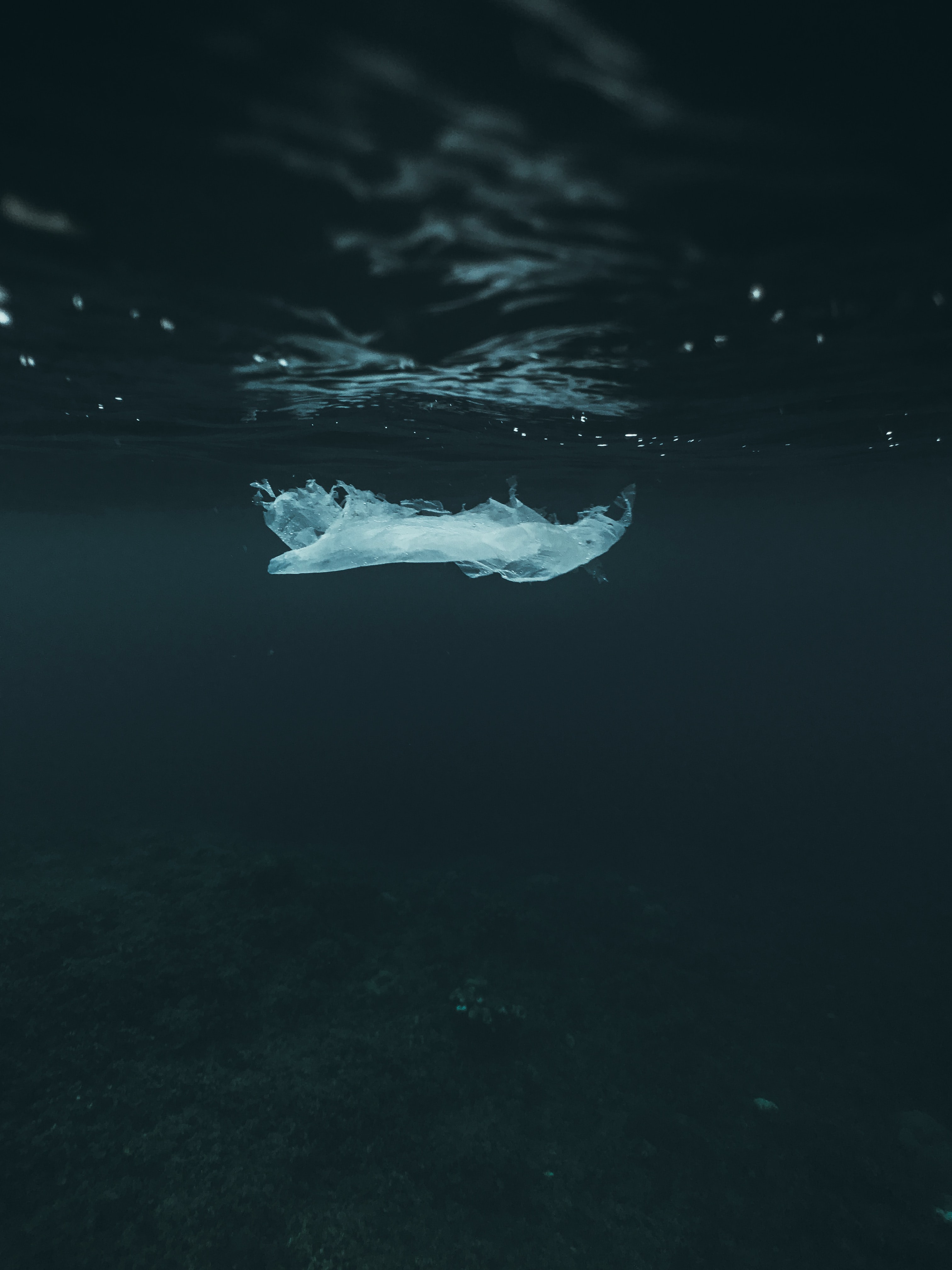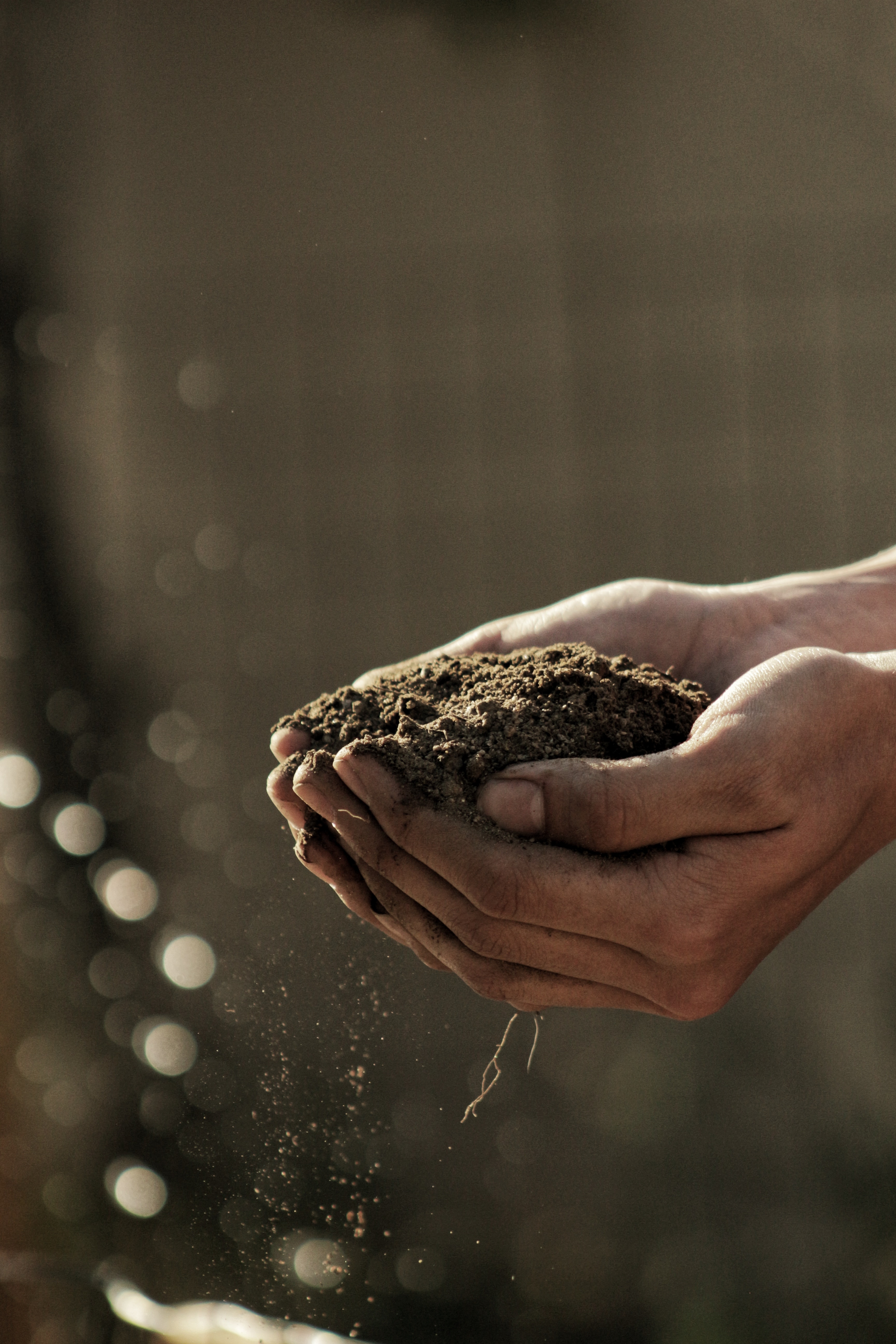


Maximizing the contribution to Sustainable development.
Maximizing the contribution to Sustainable development.



increase in global CO2 emissions in 2021, reaching 34.9 GtCO2. These 2021 emissions consumed 8.7% of the remaining carbon budget to limit anthropogenic warming to 1.5°C



Population and economic growth induce changes in consumption habits in society. This promotes excessive consumption of resources, which can have a negative impact on the environment in the short term.

Diagnosis
State “0” in line with circular assessment and resource recovery.

Consultancy
Environment, sustainability, circular economy.

Specialized monitoring
Definition of technical requirements and inspection of execution
![]()
Engineering Studies
Environmental Factors - Water Resources, Waste, Energy and Air
![]()
Start-up projects
New facilities or existing Re-Design

Products and Solutions
Water and Wastewater Solutions and Treatment

Sustainability Plan
Improvement of service quality, including the circular aspects of reuse, recycling, resource recovery, and reduction of raw material consumption.
![]()
Innovation Plan
Implementation of 4.0 devices in performing the service, providing data digitalization

Diagnosis
State “0” in line with circular assessment and resource recovery.

Consultancy
Environment, sustainability, circular economy.

Specialized monitoring
Definition of technical requirements and inspection of execution
![]()
Engineering Studies
Environmental Factors - Water Resources, Waste, Energy and Air
![]()
Start-up projects
New facilities or existing Re-Design

Products and Solutions
Water and Wastewater Solutions and Treatment

Sustainability Plan
Improvement of service quality, including the circular aspects of reuse, recycling, resource recovery, and reduction of raw material consumption.
![]()
Innovation Plan
Implementation of 4.0 devices in performing the service, providing data digitalization.

Diagnosis
State “0” in line with circular assessment and resource recovery.

Consultancy
Environment, sustainability, circular economy.

Specialized monitoring
Definition of technical requirements and inspection of execution
![]()
Engineering Studies
Environmental Factors - Water Resources, Waste, Energy and Air
![]()
Start-up projects
New facilities or existing Re-Design

Products and Solutions
Water and Wastewater Solutions and Treatment

Sustainability Plan
Improvement of service quality, including the circular aspects of reuse, recycling, resource recovery, and reduction of raw material consumption.
![]()
Innovation Plan
Implementation of 4.0 devices in performing the service, providing data digitalization.

We have solutions for today’s challenges
Projects




Projects




What drives us
In society, the linear economy model symptoms persist, as about 75% of natural resource consumption occurs in large cities, and these cities produce 50% of global waste and 60-80% of gas emissions. The change of behaviour has been centred on renewable energies, forgetting, of course, the emissions resulting from around 45% of industrial production.
A radical change in behaviour and habits will have to happen to achieve the goal of zero emissions by 2050 to meet the 1.5˚C target set in the Paris Agreement. And if this happens, the expense will be enormous by 2100 and will increase with every degree of temperature increase.
The approach to solving the problems must incorporate circular economy principles to contribute to reducing emissions by transforming the way we make and use products and conceptualising economic activity and environmental well-being sustainably.
What drives us
Maximizing the contribution to Sustainable development
In society, the linear economy model symptoms persist, as about 75% of natural resource consumption occurs in large cities, and these cities produce 50% of global waste and 60-80% of gas emissions. The change of behaviour has been centred on renewable energies, forgetting, of course, the emissions resulting from around 45% of industrial production.
A radical change in behaviour and habits will have to happen to achieve the goal of zero emissions by 2050 to meet the 1.5˚C target set in the Paris Agreement. And if this happens, the expense will be enormous by 2100 and will increase with every degree of temperature increase.
The approach to solving the problems must incorporate circular economy principles to contribute to reducing emissions by transforming the way we make and use products and conceptualising economic activity and environmental well-being sustainably.
Adding {{itemName}} to cart
Added {{itemName}} to cart